How to Line and Grease Cake Pans

Cake pans are the medium in which cake batters are baked. The treatment you give a cake pan when preparing it for baking will depend on the type of cake pan you are working with and the type of cake you are baking. Failure to prepare your can properly could lead to your cake tearing, breaking or sticking to the pan. Below, I will be sharing tips on how to properly line various types of cake pans. I will also be showing you the best way of greasing cake pans.
My paper of choice is parchment paper because it is easy to work with, withstands high oven temperature and peels off easily from the cake.
(A) CAKE PANS WHICH REQUIRE NO PREPARATION
There are certain types of cakes which are best baked in pans which have not been lined or greased. These are mostly very light and fluffy cakes which get all or most of their leavening from egg whites. Examples of these types of cakes are Angel Food Cakes (Recipe here) and Chiffon Cakes.
When baking these types of cakes, do not grease or line the cake pan. This is because the batter depends on friction as it rises to maintain its height and fluff. Greasing the pan will make the batter slide down the pan and collapse instead of adhering to the pan during baking.
(B) CAKE PANS WHICH REQUIRE FLOUR AND GREASE
There are 2 types of cakes which fall into this category: (a) Sponge Cakes and (b) Cakes baked in Non-conventional Pans.
(1) SPONGE CAKES
Sponge cakes are light spongy cakes which are leavened with both egg whites and baking powder. Examples of sponge cakes include French Vanilla Sponge Cake (Recipe here).
When preparing cake pans for sponge cakes, you have to first of all grease the base and sides of the pan and coat the greased pan with flour. This is done because as the cake bakes and rises, the cake molecules need to “hold on” to something as it “climbs” the walls of the cake pan. This need is satisfied with the flour layer which coats the grease. Using the grease alone will not provide enough friction for the cake batter.
Be sure to knock off excess flour after coating the greased pan. This can be done by hitting the pan against the edge of your sink. Bases of pans prepared this way can also be lined with parchment paper. This process can be done with cocoa powder when you are baking a chocolate cake.
(2) CAKES BAKED IN UNCONVENTIONAL PANS
Cake pans come in various shapes like balls, cones, ovals, etc. Examples of these pans include Wilton’s Wonder Mold used to bake Princess Cakes (Procedure here) and Bundt Pans used to bake marbled and other cakes (Recipe here). Since the sides of these pans cannot be lined with parchment paper due to their intricate designs, you need to coat the pans with a thin layer of flour after greasing them.
The above rule also applies to cakes baked in pyrex glass bowls which can be used to bake batter for Baby Bump Cakes (Sample here), spherical cakes and Teapot Cakes (Sample here)
(C) CAKE PANS WHICH REQUIRE PARCHMENT PAPER
Majority of the cakes we bake require the use of parchment paper at the base or sides of the cake pan. Even where a recipe is silent on the use of parchment paper, it should be used to line the base of the pan as this will make unmolding the cake a lot easier. There are two methods of covering the base of cake pans with parchment paper:
(1) The first method works best when you are using spring form pans or pans with removable bases. To line the base, simply remove the base from the pan and use it as a guide to cut out parchment paper. A sharp blade or knife should be used. When you are done, reassemble the pan, place the base back in, grease the pan and line the bottom with the parchment paper.
(2) The second method works best with regular cake pans. Cut out a piece of parchment paper which is larger than the pan, fold it in half and then another half. Fold it 2 – 3 more times to create a triangle. Place the triangle half way into the pan and mark the spot where it touches the circumference of the pan. Use a sharp scissors to cut off the excess parchment paper. Grease the pan and line the base with the parchment paper.
(3) Before ending our discussion of lining cake pans with parchment paper, it is important to note that for certain types of cakes, you need to line not only the base of the pan but also the sides with parchment paper. These cakes are mostly those which need to be compressed into the pan. The act of compression compromises whatever grease you might have applied in the pan. An example of such cases are fruitcakes (several recipes here).
(D) GREASING THE PAN
There are several ways of greasing cake pans.
(1) Apply a layer of soft butter or margarine to the base and sides of the pan using your (clean) hands, a brush or paper towel.
(2) Use grease sprays to spray the inside of the pan. The easiest method.
(3) Brush the inside of the pan with melted butter or oil. This is my method of choice as the liquid fat gets to all the corners of the baking pan.
Happy Baking.
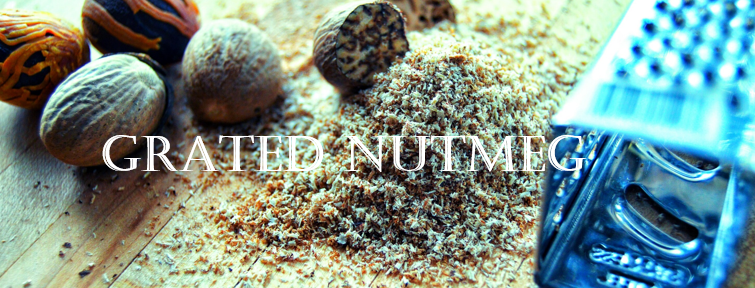

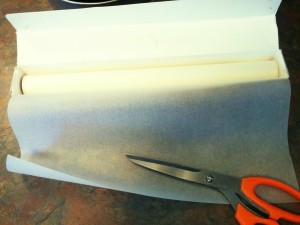
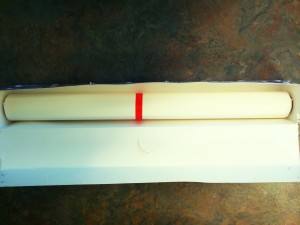

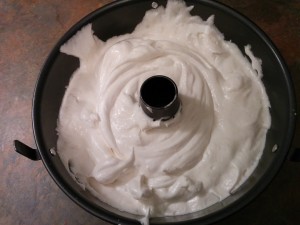

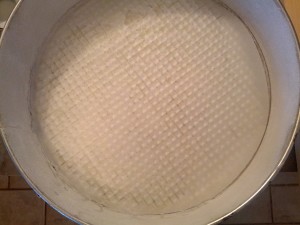
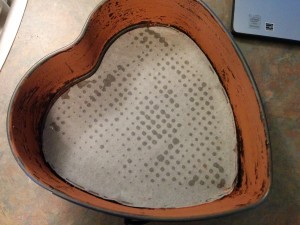
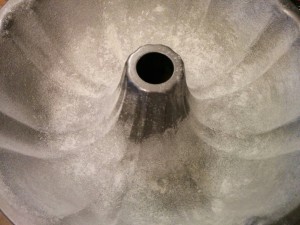
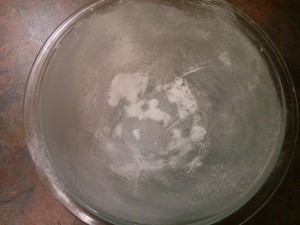
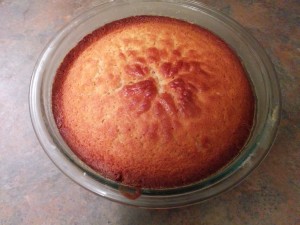
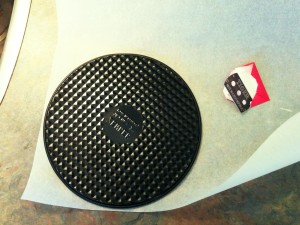
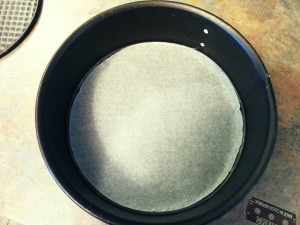
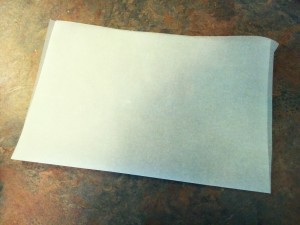
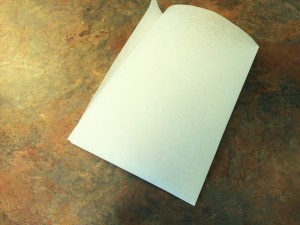
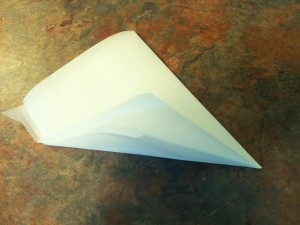
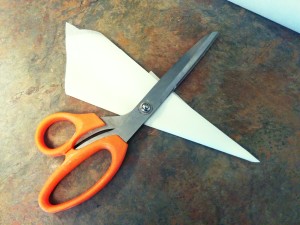
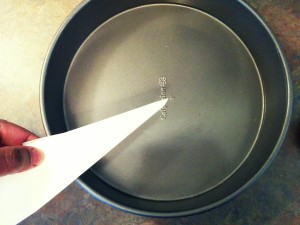
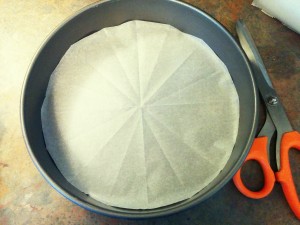
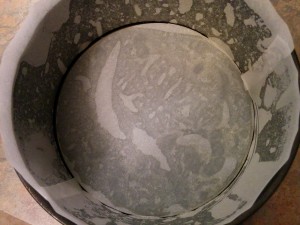
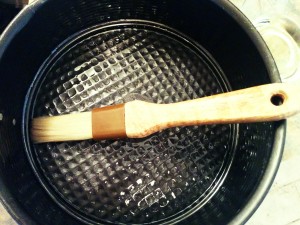
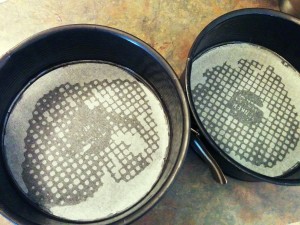
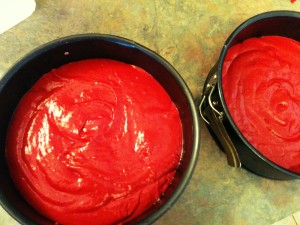
Nice job. Well done
Thanks Mopelola
Thank you always, Terry. I’ve learnt a few things from this tutorial.
Awesome!